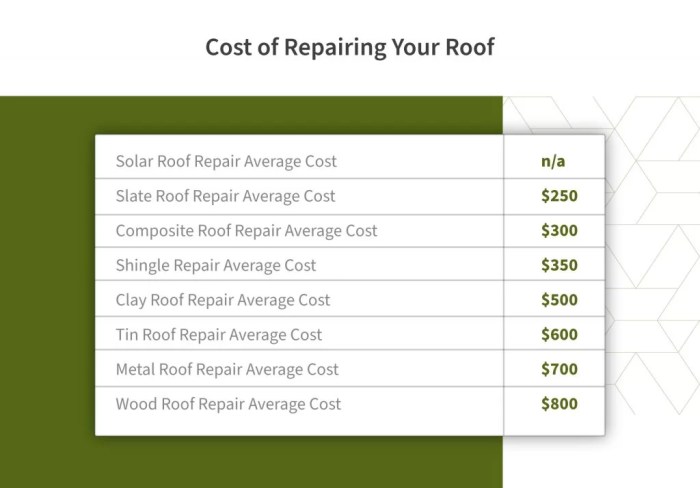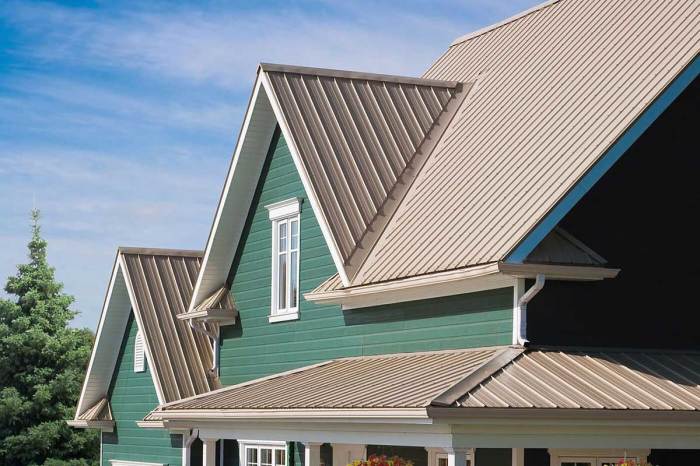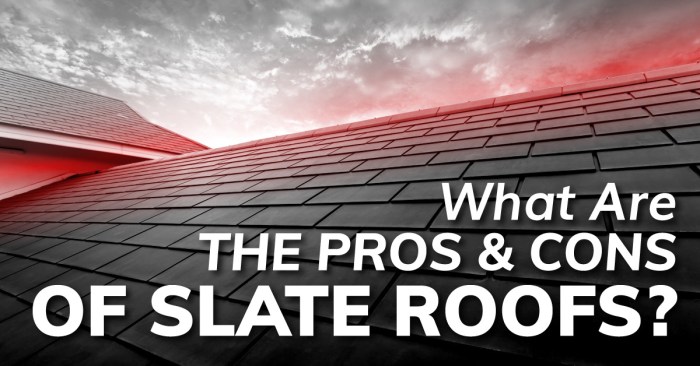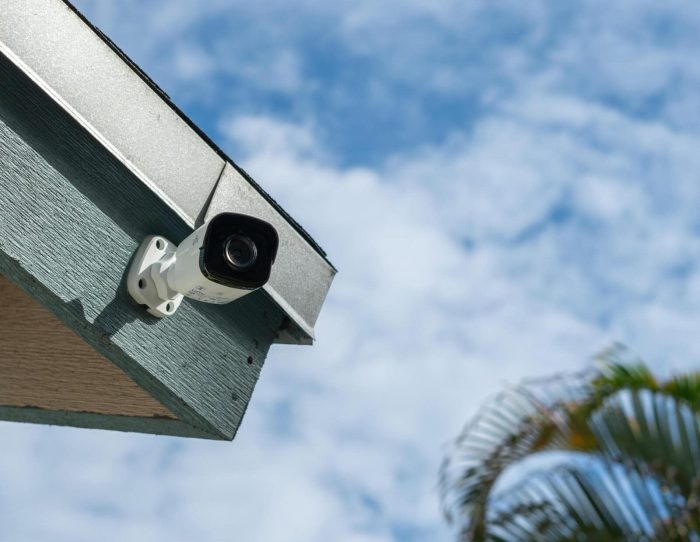Exploring the Roof Replacement Cost Estimate: Factors, Methods, and Tips
Delving into the realm of roof replacement cost estimates, we uncover the various factors, methods, and tips that play a crucial role in determining the overall expenses. From understanding the influencing factors to exploring different cost estimation techniques, this comprehensive guide aims to shed light on the intricacies of calculating the cost of replacing a roof.
Factors influencing roof replacement cost estimate
When it comes to estimating the cost of replacing a roof, several factors come into play that can significantly impact the overall cost. Understanding these factors is crucial for homeowners and contractors alike to ensure an accurate and reliable cost estimate.
1. Roofing Material
The type of roofing material chosen for the replacement can have a substantial impact on the overall cost. For example, asphalt shingles are more affordable compared to metal or slate roofing. The quality, durability, and aesthetics of the material will determine the cost of the project.
2. Roof Size and Complexity
The size of the roof and its complexity in terms of design, slope, and number of angles will influence the cost estimate. A larger roof will require more materials and labor, while a complex roof design may increase the installation difficulty and time, ultimately affecting the total cost.
3. Roof Pitch
The pitch or slope of the roof is another factor that affects the cost estimate. Steeper roofs are more challenging to work on and may require additional safety measures and labor, leading to higher costs. Additionally, the pitch of the roof can determine the type of materials that can be used, impacting the overall price.
4. Underlayment and Decking
The condition of the roof's underlayment and decking can impact the cost estimate. If these components are damaged or deteriorated, they will need to be replaced before the new roof can be installed, adding to the overall cost of the project.
5. Local Labor Costs and Permits
Labor costs vary by location, so the cost estimate for roof replacement will depend on the local rates. Additionally, obtaining permits for the roofing project may incur extra fees, which should be factored into the overall cost estimate.
6. Roof Accessibility
The ease of access to the roof can influence the cost estimate. If the roof is difficult to reach or requires special equipment for installation, the labor costs may increase. Factors such as landscaping, obstacles, and the need for additional safety measures can impact the overall cost.
7. Roof Warranty and Extras
The inclusion of warranties on materials and labor, as well as any additional extras such as skylights or ventilation systems, can affect the cost estimate. While these additions may increase the initial cost, they can provide long-term benefits and peace of mind for homeowners.
Methods for obtaining a roof replacement cost estimate

Obtaining an accurate roof replacement cost estimate is crucial for budgeting and planning purposes. There are various methods used to calculate the cost estimate, each with its own set of advantages and disadvantages.
Traditional Methods
Traditional methods for obtaining a roof replacement cost estimate typically involve manual inspection and measurement by a roofing professional. This method relies heavily on the expertise and experience of the individual conducting the assessment. The advantages of traditional methods include personalized attention to detail and the ability to identify potential issues that may not be picked up by automated tools.
However, this method can be time-consuming and may result in human error.
Modern Technological Approaches
Modern technological approaches involve the use of software and tools to calculate roof replacement cost estimates. These tools may utilize satellite imagery, drones, and other advanced technology to assess the condition of the roof and provide an estimate. The advantages of modern technological approaches include speed, accuracy, and the ability to generate detailed reports quickly.
However, these tools may not always be able to detect all issues that a human eye can, leading to potential inaccuracies in the estimate.Overall, the choice between traditional methods and modern technological approaches for obtaining a roof replacement cost estimate depends on factors such as budget, time constraints, and the level of detail required.
It is recommended to consider the specific needs of your project before deciding which method to use.
Average cost range for roof replacement
When it comes to roof replacement costs, the average range can vary significantly depending on the region and the type of roof being installed. Factors such as material prices, labor costs, and local market conditions all play a role in determining the final cost.
Cost Variations by Region
In the United States, the average cost range for roof replacement can vary greatly from state to state. For example, in the Midwest, the average cost for replacing a roof with asphalt shingles may range from $5,000 to $10,000, while in the Northeast, the same project could cost between $7,000 and $15,000.
Factors such as climate, availability of materials, and local building codes can all influence these regional cost variations.
Breakdown of Costs by Roof Type
Asphalt Shingles
The most common type of roofing material, asphalt shingles are relatively affordable, with an average cost range of $1,700 to $8,400 for a typical replacement.
Metal Roofing
Metal roofs are more durable and long-lasting than asphalt shingles, but they come with a higher price tag. The average cost range for metal roof replacement is between $7,500 and $30,000.
Tile Roofing
Tile roofs are popular in regions with warmer climates and can last for decades. The average cost range for tile roof replacement is $10,000 to $25,000, but can go higher depending on the quality of the tiles and the complexity of the installation.
Tips for reducing roof replacement cost estimate
Regular maintenance is key to reducing long-term roof replacement costs. By taking care of your roof and addressing small issues promptly, you can prolong its lifespan and avoid costly replacements. Here are some tips to help you reduce the cost of roof replacement:
1. Schedule regular inspections and maintenance
Regular inspections by a professional roofing contractor can help identify and address potential issues before they escalate into major problems. By investing in preventive maintenance, you can extend the life of your roof and minimize the need for costly replacements.
2. Consider roof repairs instead of full replacement
In some cases, minor repairs or patching can be sufficient to address issues with your roof. Before opting for a full replacement, consult with a roofing expert to explore repair options that could save you money.
3. Get multiple quotes and negotiate with contractors
When seeking estimates for roof replacement, don't settle for the first quote you receive. Shop around and compare prices from different contractors to ensure you're getting a fair deal. Additionally, don't hesitate to negotiate with contractors to see if there's room for cost savings or potential discounts.
4. Choose cost-effective roofing materials
When selecting materials for your new roof, consider cost-effective options that provide durability and longevity. Consult with your contractor to explore affordable yet high-quality roofing materials that can help you stay within budget without compromising on performance.
5. Opt for off-season replacements
Scheduling your roof replacement during the off-season can sometimes lead to cost savings, as contractors may offer discounts or promotions during slower months. By planning your project strategically, you may be able to reduce the overall cost of your roof replacement.
Closing Notes

As we draw the curtains on our discussion about roof replacement cost estimates, it's evident that meticulous planning, informed decision-making, and proactive maintenance can make a significant impact on the overall expenses. By implementing the strategies and insights shared in this guide, homeowners can navigate the process of roof replacement with confidence and financial savvy.
Query Resolution
What are the key factors influencing roof replacement cost estimates?
The key factors include the type of material, roof size, labor costs, location, and any additional features like skylights or chimneys.
How can homeowners reduce the cost of roof replacement?
Homeowners can reduce costs by comparing quotes, opting for off-season installations, considering different materials, and performing regular maintenance to extend the roof's lifespan.
What are the traditional methods used to calculate roof replacement costs?
Traditional methods involve manual measurements, labor cost estimates, material costs, and overhead expenses.




